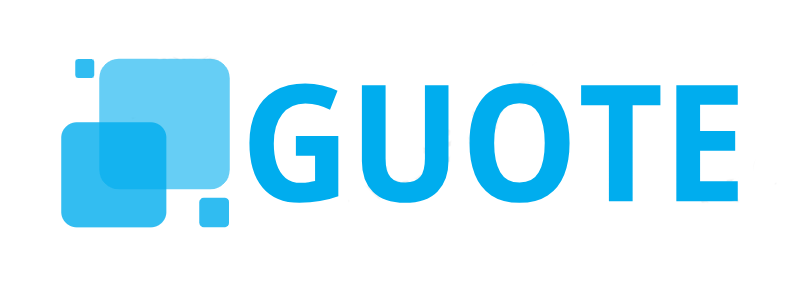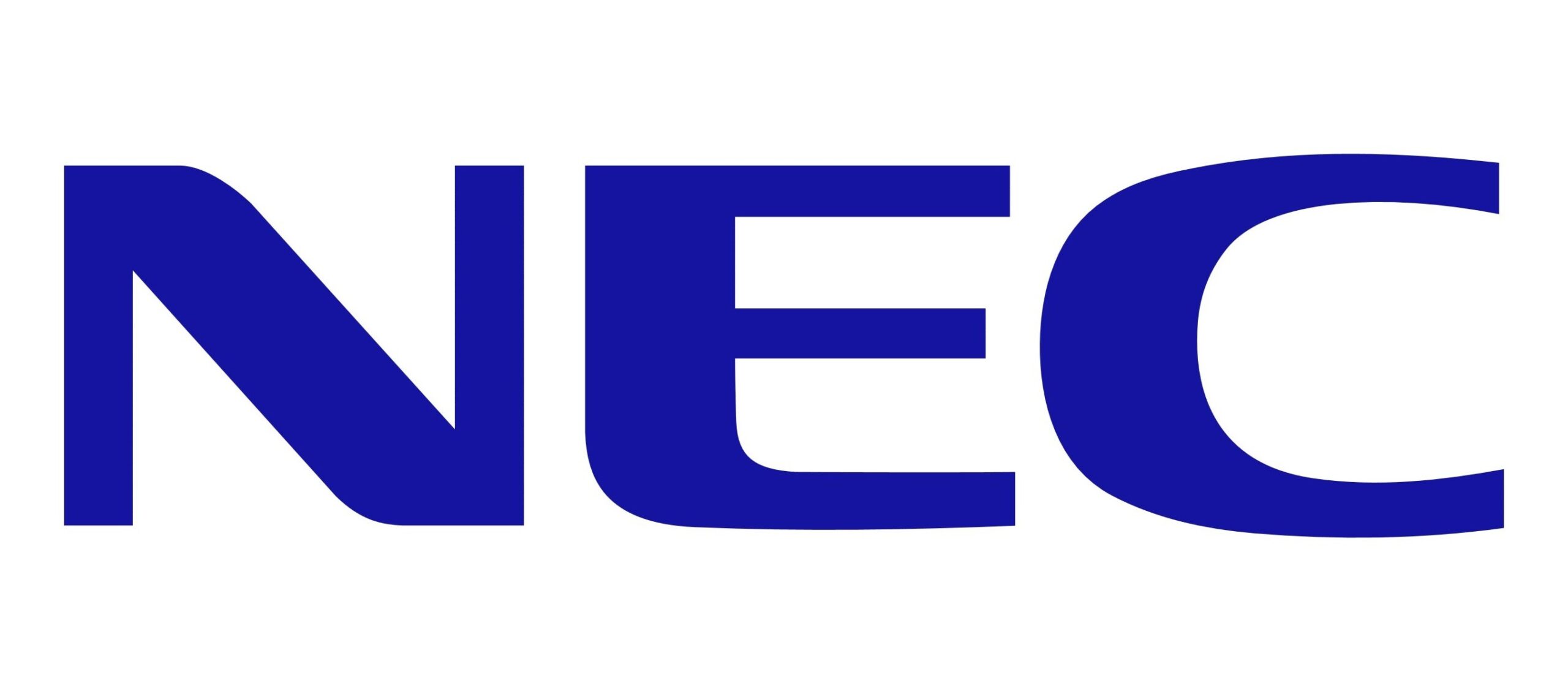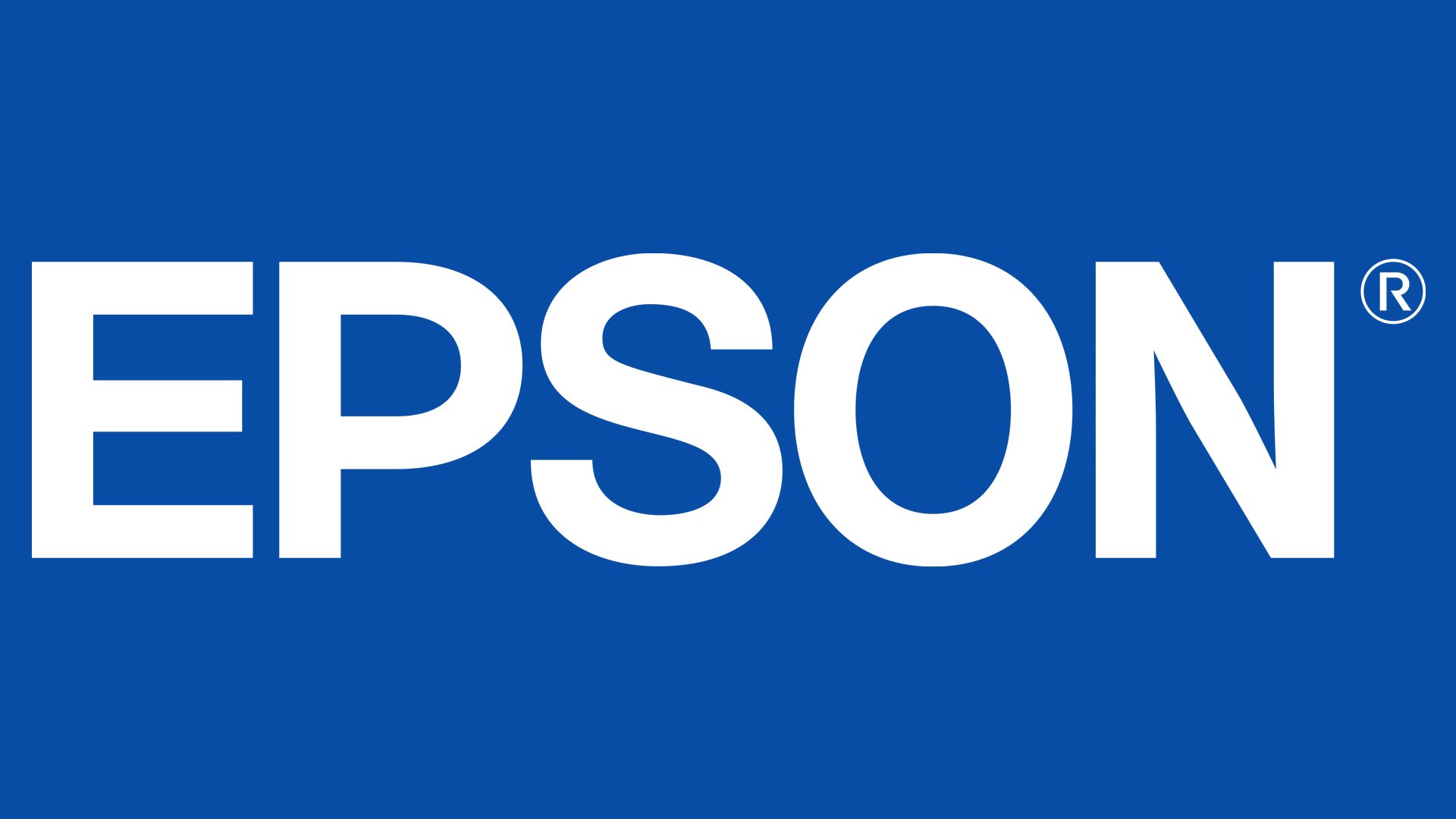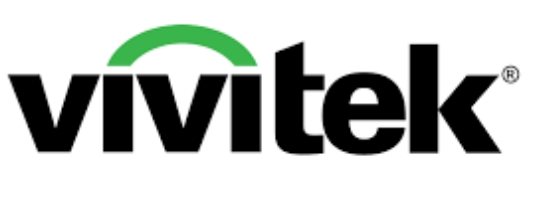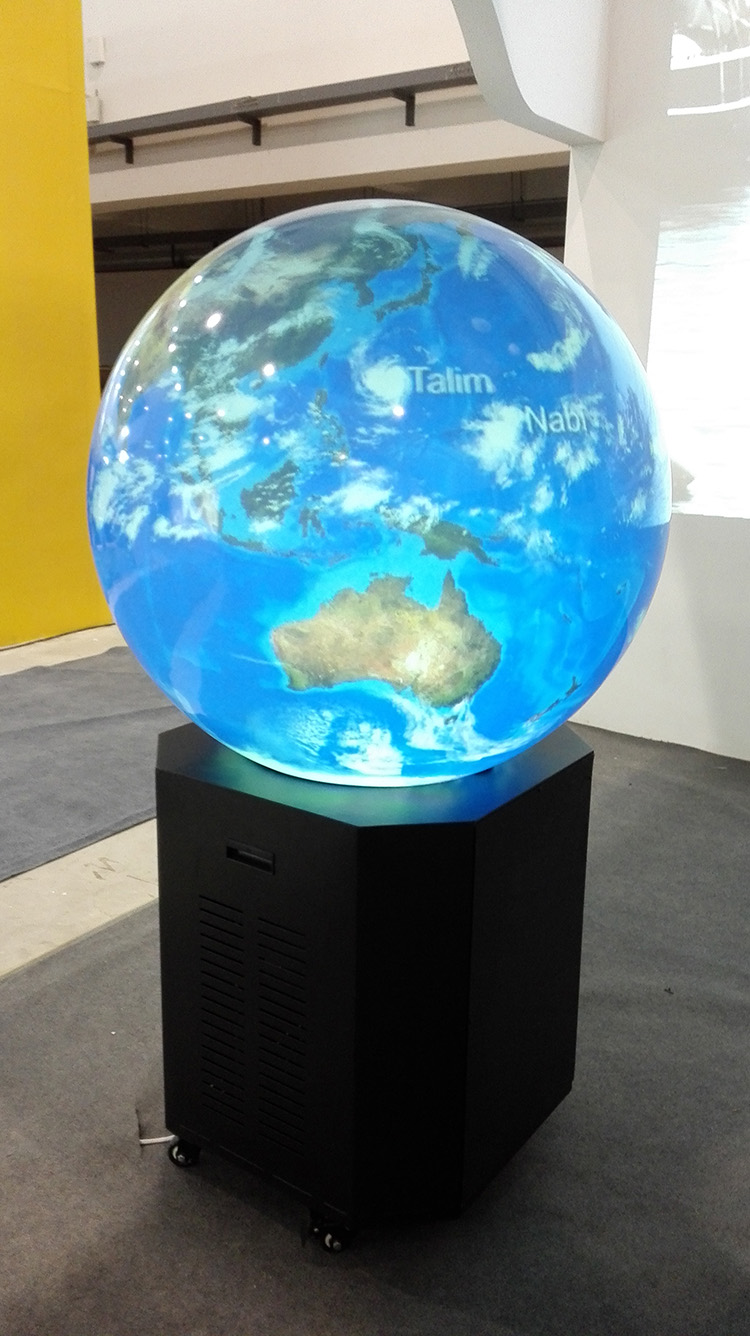
In the field of dome projection, a single-projector and fisheye-lens internal projection system offers numerous significant advantages over a multi-projector and multi-lens system. These advantages make it an ideal choice for a wide range of applications and experiences.
I. Installation and Calibration
The installation of a single-projector and fisheye-lens system is extremely simple. With only one projector and a fisheye lens, the entire setup process is quick and straightforward. In contrast, a multi-projector and multi-lens system requires precise positioning and alignment of each projector, as well as complex image blending and calibration. This not only takes a lot of time and effort but may also lead to issues such as misaligned images or inconsistent brightness, severely affecting the projection quality. A single-projector system, however, eliminates the need for complex blending and calibration, significantly reducing installation time and labor costs.
II. Cost and Cost-Effectiveness
From a cost perspective, a single-projector and fisheye-lens system has a clear advantage. It requires only one high-lumen projector and a fisheye lens, which means lower equipment procurement costs. Moreover, the maintenance cost of a single-projector system is also lower, as there are fewer devices and fewer potential points of failure. In contrast, a multi-projector and multi-lens system not only has higher equipment costs but also involves more complex maintenance, requiring regular calibration and maintenance of multiple devices. For projects with limited budgets, a single-projector system is undoubtedly a more cost-effective choice.
III. Projection Quality and Immersive Experience
A single-projector and fisheye-lens system can achieve a complete dome projection, allowing viewers to watch from any angle with high image integrity. The ultra-wide field of view of the fisheye lens can cover most of the dome surfa
